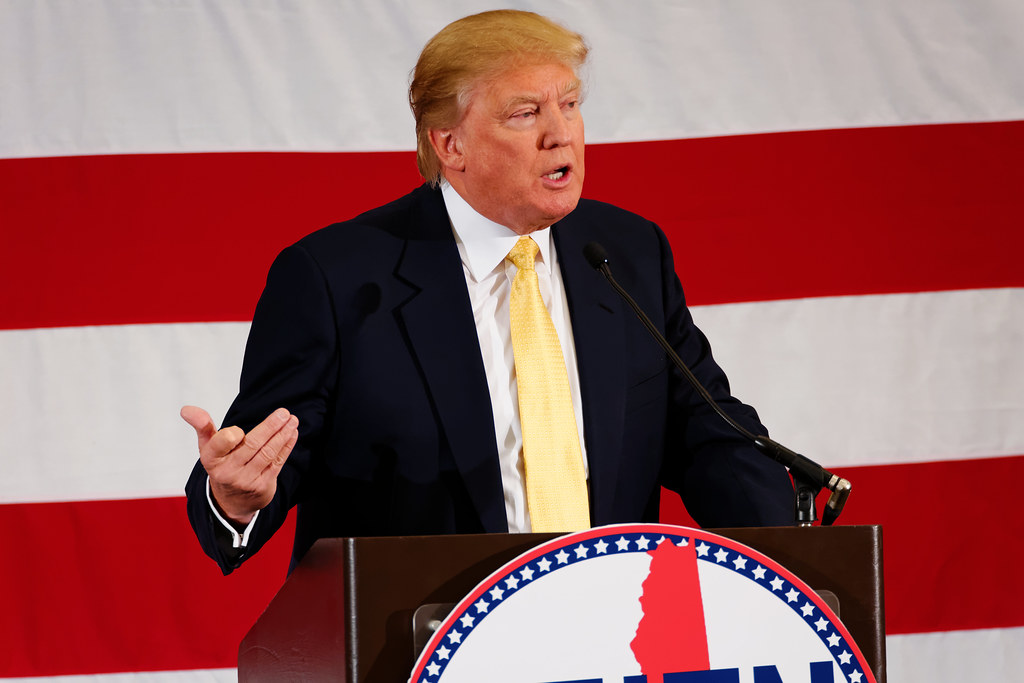Key Takeaways
- Former President Donald Trump praised the ceasefire at a Gaza summit.
- Leaders agreed to send aid and discuss lasting peace.
- The ceasefire brings hope to people in Gaza and Israel.
- Many challenges remain before lasting calm is achieved.
Former President Donald Trump spoke at a meeting about Gaza. He called the deal a big win. He praised leaders for agreeing to stop fighting. Then he said more talks could bring real peace.
Trump’s Reaction to the Ceasefire
Soon after talks opened, Trump took the stage. He smiled and raised his hand. He said the ceasefire shows that people can work together. He added that both sides made tough choices. He urged more leaders to join the effort. Moreover, he promised to help fund rebuilding homes and schools. He noted that children on both sides deserve safety.
Many in the audience clapped when he spoke. Others nodded in agreement. Some even teared up at the idea of quiet nights and safe mornings. For Trump, the main point was clear. He said, “This ceasefire marks a new start.”
Why the Ceasefire Brings New Hope
The agreement means soldiers stop shooting. It also means fewer rockets and fewer air strikes. This pause gives doctors and helpers time to treat the wounded. It lets families find food and water. In short, it lets life inch back toward normal.
Yet the path ahead is not smooth. Old wounds still run deep. Many buildings lay in ruins. Hospitals need more medicine and staff. Therefore, the summit plans aid packages. Donors promise money for food, tents, and clean water. Citizens and groups will team up to rebuild schools. As a result, children may return to classrooms.
International experts warn that aid must flow quickly. They say a slow response could undo the peace gains. Thus, the ceasefire is only the first step in a long journey.
Goals of the Gaza Summit
Leaders from many countries met in one room. They spoke about money, medicine, and security. They also talked about letting aid groups travel safely. Above all, they aimed to turn a temporary ceasefire into lasting peace.
First, they set a fund to rebuild homes. Then, they planned safe zones where families could live. Next, they discussed training police forces that respect human rights. Finally, they urged both sides to return to talks about land and borders.
Trump backed each plan. He said the United States would help send food and clean water. He also offered American engineers to fix roads and bridges. In addition, he said companies could invest in local businesses. This, he argued, would create jobs and reduce poverty.
Impact on People in Gaza and Israel
In Gaza, families woke to quiet streets. Children played in alleys where tanks once stood. Vendors reopened stalls to sell fruit and bread. Meanwhile, in Israel, citizens felt relief too. Sirens fell silent. Some families dared to plan weekend trips again.
Despite this relief, many remain cautious. They know past pauses have failed. They wonder if leaders truly want peace. They worry aid might get stuck in red tape. Also, they know rebuilding takes time and hard work.
Still, for one moment, hope filled the air. People shared tea across broken walls. They swapped stories of loss and survival. Even small smiles felt like big victories.
Next Steps After the Ceasefire
Leaders set timelines for each promise. They plan regular meetings to check progress. They will report on aid deliveries. They will update security plans. Over time, they hope to lift the Gaza blockade. They also want to free hostages and prisoners.
Trump said he would keep pressure on both sides. He warned that any new violence would end aid efforts. He stressed the need for accountability. In his view, respect for agreements builds trust.
Looking ahead, experts say education must play a role. They call for new schools that teach peace and cooperation. They suggest youth exchange programs across borders. They believe that simple friendships can outlast politics.
Challenges and Possible Roadblocks
Even with good plans, problems may arise. Some groups might reject talks. Others might try to derail the ceasefire. Money could get lost to corruption. Weather events could damage rebuilt areas.
Therefore, leaders vow to set up monitoring teams. They will track where money goes. They will send observers to troubled spots. They will also support local voices. Community leaders, teachers, and youth representatives will have a say.
Moreover, Trump said that success in Gaza could ripple across the region. He suggested that this model of talks might apply to other disputes. Yet he admitted that peace always demands patience and constant effort.
A Path Forward
So far, the ceasefire feels like a fresh start. It offers a chance for families to heal. It gives children room to laugh and learn. It invites communities to rebuild trust.
Still, lasting peace needs time. It needs steady help and honest talk. It needs leaders who keep promises. For now, the world watches and hopes.
Frequently Asked Questions
Why did leaders agree to the ceasefire now?
They wanted to stop the bloodshed and prevent more deaths. They saw a chance to unite aid and diplomacy.
What role did Trump play at the summit?
Trump used his platform to praise the agreement. He offered U.S. help for rebuilding and security.
How will aid reach people in Gaza?
Organization teams will set routes and safe zones. Donors will fund food, water, and medical supplies.
Can this ceasefire lead to lasting peace?
It can if leaders honor their promises. It needs constant talks, fair aid, and respect from all sides.

